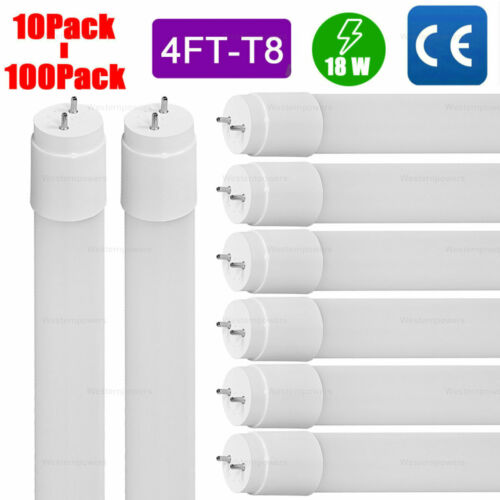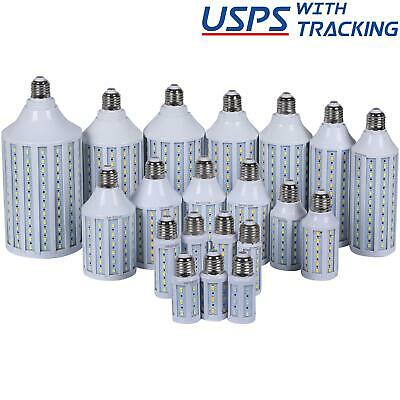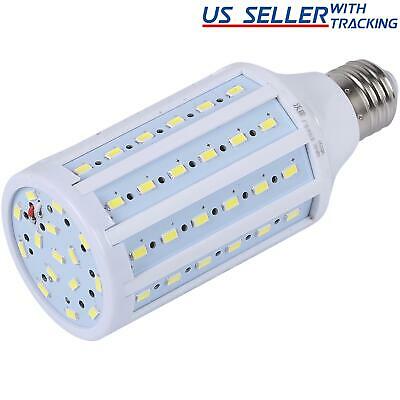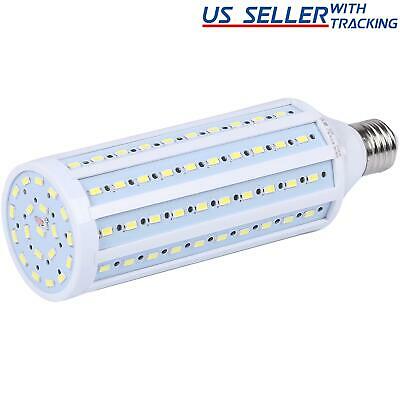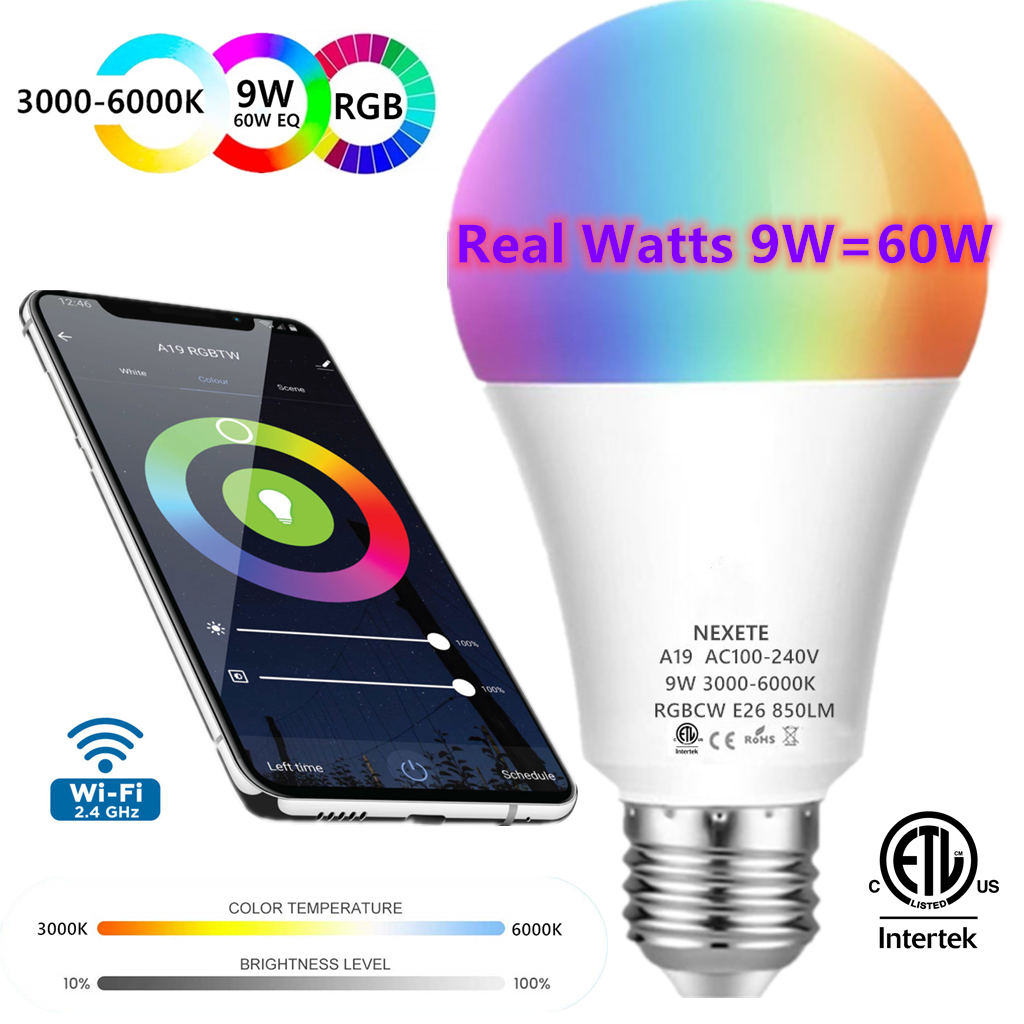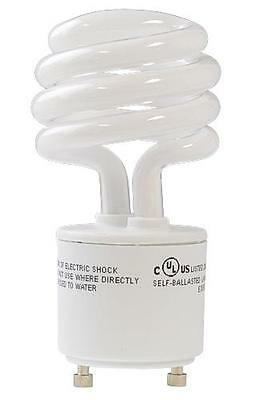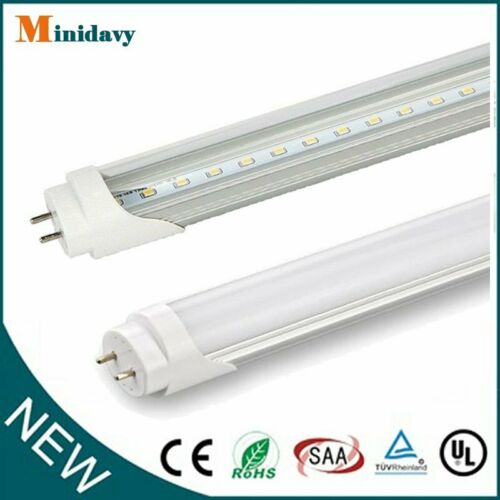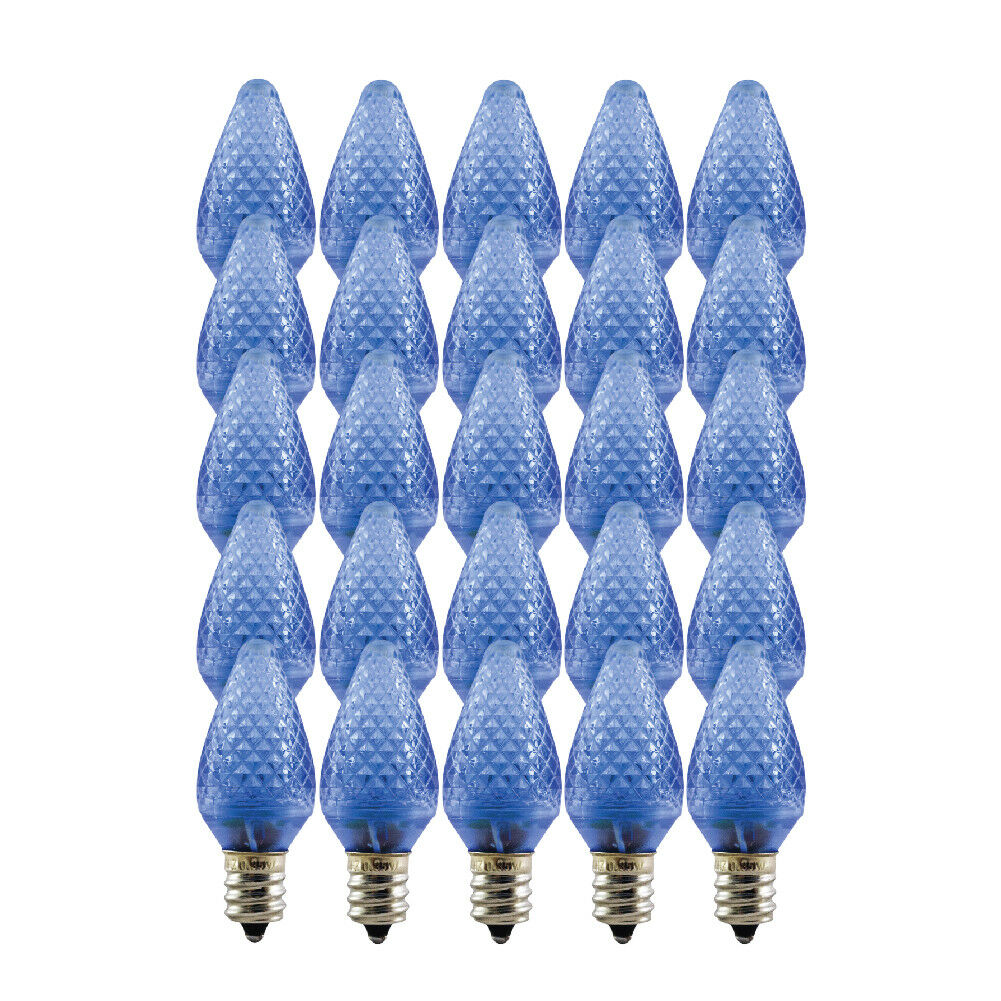-40%
FULL SPECTRUM BULB for Bird Health 6500k 60 Watts of Light Only Draws 13 watts
$ 7.38
- Description
- Size Guide
Description
USE FULL SPECTRUM LIGHTINGfor Healthy Birds
Produces both UVA and UVB Light
6500 kelvin temperature - Similar to Sunlight
850 lumens - 6
0 watts of brilliance
only draws 13 watts of electricity
for amazing low-cost illumination
Not for use with dimmers
The most balanced Kelvin Temperature of 6500 - necessary for calcium utilization in healthy birds
Light output per watt - 850 Lumens - 60 watts of brilliance, only draws 13 watts.
Long life hour rating 8,000 hrs - 12 times longer than than incandescent
One of the most commonly asked questions by bird keepers about cage lighting concerns the effective and proper usage of full spectrum lighting devices. Birds and reptiles have completely different illumination. Do not use lighting for reptiles for your birds. The quality of this full-spectrum light is unsurpassed, and reasonably price. Fits into practically any fixture, and is economical to operate
.
Full spectrum light does not pass through window glass or plastic, so unless a pet bird spends time daily in direct sunlight, it can develop serious deficiencies. The real effect of lighting upon general health, new molt, feather appearance, and behaviors is brought about by a balanced avian visual spectrum.
Full spectrum lighting can provide the following benefits for your birds:
• It helps to synthesise vitamin D, which prevents vitamin D deficiency and low calcium levels which can cause weak bones and poor egg shell quality. Whilst you might think vitamin D supplements could fix this, the issue is that we don’t know how much each species of vitamin D a bird needs, so lighting provides a better solution.
• Makes your birds happier which reduces stress and then they’ll be less likely to develop problem behaviors and have a weakened immune system.
• Recreates a birds natural environment which helps with the birds body clock and aids with bird sleeping.
• Improves the vision of birds because they use the full spectrum for their vision.
• Many owner’s often note improvements in the feathers and plumage of the birds as these become stronger and brighter.
Full spectrum lighting provides the normal lighting that humans can see but also the full amount of UVA and UVB light that birds can also sense. This is necessary for recreating the effects of natural lighting and providing the full health benefits to pet birds.
Birds can see UVA light because they have 4 types of cones in their retinas whereas humans only have 3. It’s necessary for full spectrum lighting for parrots to include UVA light otherwise a bird isn’t given it’s full visible range.
This form of UV light helps with the production of vitamin D.
UVB light is not generated by normal light bulbs so specialized ones need to be used.
Windows block UVB which is why artificial lighting is needed.
Supplement artificial lighting whenever possible with natural unfiltered sunlight, and feed a high quality balanced diet. This combination of factors will meet all of your birds requirements for lighting and nutrition
.
Suggested Retail: .00
1) Positioning your bird light
Most importantly, you want to angle your bird light to be above the cage of your bird. You do not want it to be sideways facing or beneath your pet. This is because the birds can stare into the light bulb causing blindness.
You also want the distance of this bulb to be 12″ to 24″ away from the top of the cage. Keep 2 feet away when using strong or hot light bulbs. Too far away and the birds won’t feel the effect of the light and too close and they’ll have too much light.
2) Preventing cable biting
This is especially true if you have parrots which have strong beaks. You need to ensure that the lamp and any wires from it are not within reach of the bird.
3) How long should the bird light be on?
There is no firm answer to this question. 10 to 12 hours of light is the normal amount of light you should provide your birds daily. Once you and the bird are more familiar with the light then you can use a timer to set a regular schedule that mimics that amount of light they would be likely to receive in nature.

